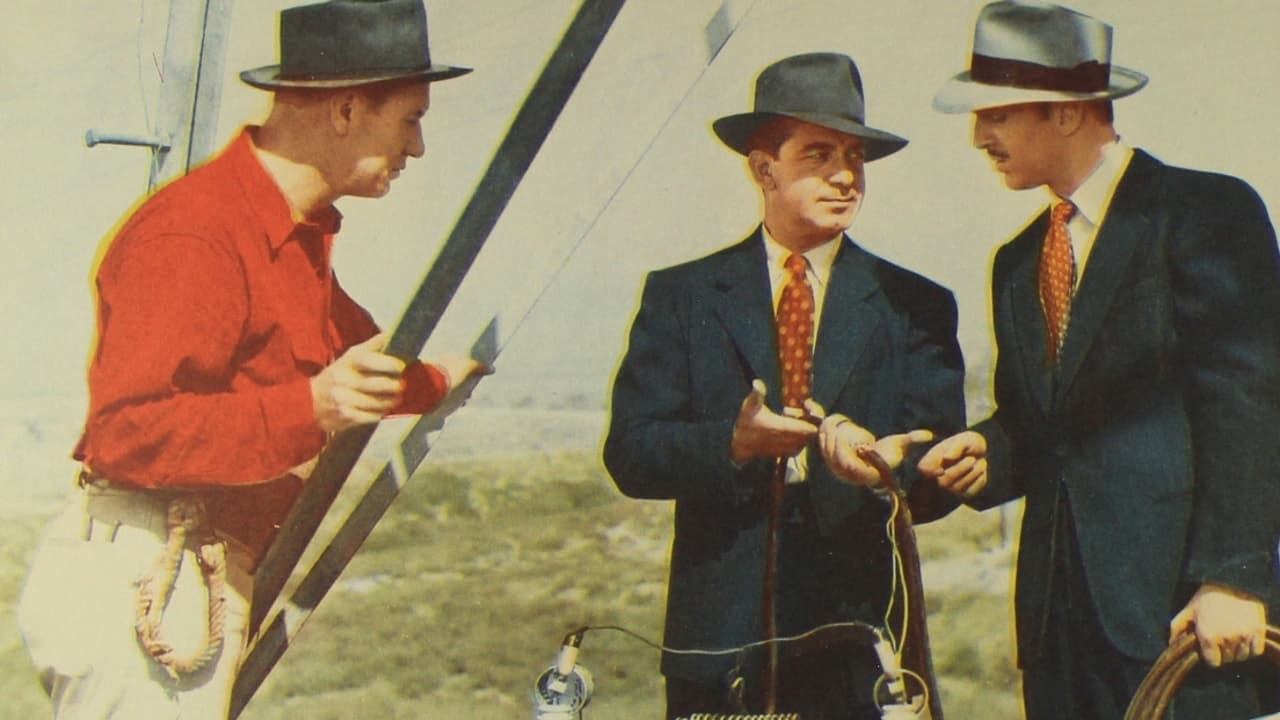Diagonaldi
Very well executed
Cubussoli
Very very predictable, including the post credit scene !!!
Rijndri
Load of rubbish!!
Brendon Jones
It’s fine. It's literally the definition of a fine movie. You’ve seen it before, you know every beat and outcome before the characters even do. Only question is how much escapism you’re looking for.
aimless-46
"Radar Patrol vs Spy King" is your standard late 40's Republic Serial. It is composed of 12 "High-Voltage Episodes" and stars Kirk Alyn-the king of Saturday matinée serials and the first screen Superman. Why Alyn got so much work is a bigger mystery than anything found in his serials-he had no special talent and his appearance was not exactly leading man quality. Maybe his family was financing these things.Unlike many of these serials, "Radar Patrol vs Spy King" does not feature any exotic locations (it looks like they used the same southern California valley used for "Lassie" and "The Real McCoys") or any exciting apparatus. Radar (apparently still an exciting idea in 1949) is the focus the espionage in this story. Plus the bad-guy, (played quite well by John Merton), has some kind of hokey looking ray gun. Assisting the Radar Patrol is Anthony Warde who also did a good job as Killer Kane in the Buck Rogers serials.One interesting thing is that the writers based much of the plot on the concept that it was possible to trace a radar beam back to its source, an idea that was the major vulnerability of tracking systems.The best reason to watch this is the presence of Jean Dean as the heroine. Dean was a former Vargas model (for his redheads) and Esquire calendar girl of limited thespian talent but breathtaking beauty. Although she has a lot of screen time the director uses her almost entirely in wide shots and there are few good close-ups of her face. Why they would cast her and then not use her to their best advantage is a puzzle but it probably has something to do with the cheap way these things were actually produced. Most scenes were filmed once as wide master shots. Then a small fraction of the action was filmed closer and cut into the master. They could knock out a lot of stuff in a short time doing it this way.Watching Jean Dean closely revealed some other stuff about the production method. Although the story takes place over about a two-week period, Dean wears the same plaid suit for 90% or the serial. During this time she jumps out of a moving car (twice), a speeding truck, and an airplane. She is in several fights and is knocked around many times. That suit really takes a beating but it looks fine at the end. The same goes for the other actors. This was not because of a lack of money for wardrobe. At each location they shot everything for all 12 episodes at the same time. Much of this stuff was interchangeable and limiting each actor to one outfit minimized one type of continuity issue during the editing process.

